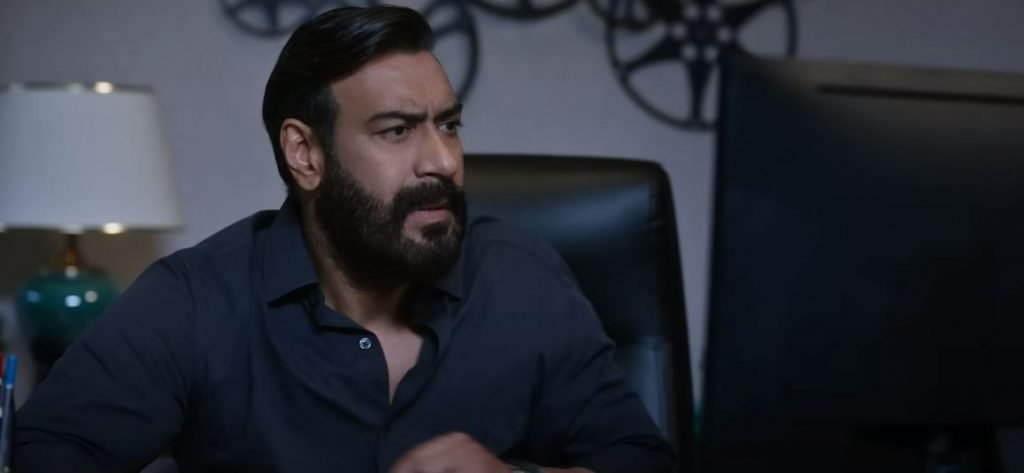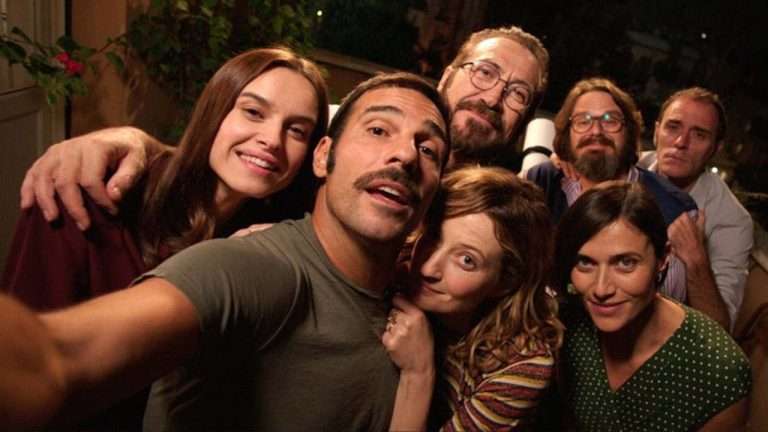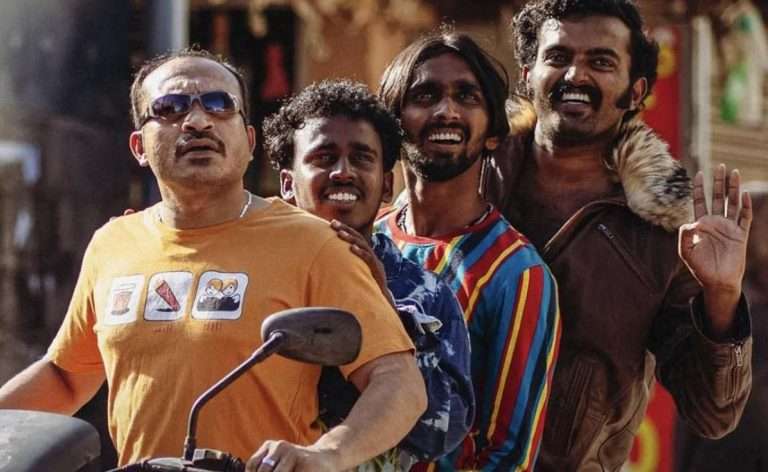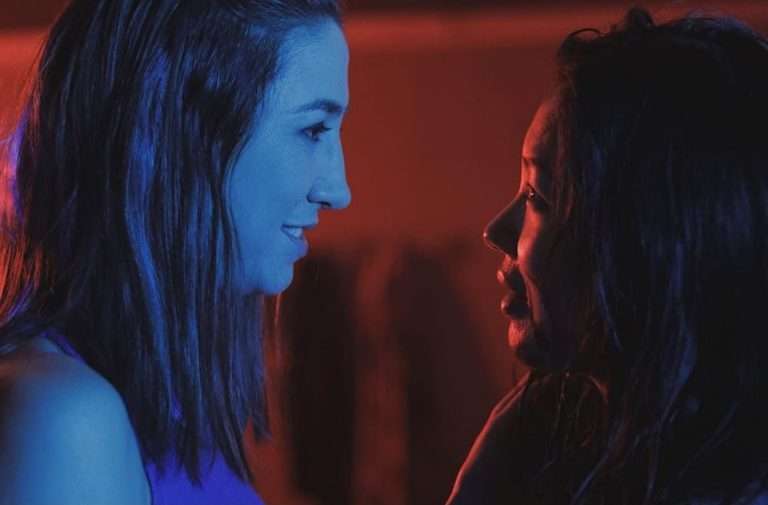When Drishyam 2 (2022) was announced, the first feeling to have surfaced was distaste. Naturally, a film that achieved cult status with time and was majorly a singular narrative with no franchise potential could be converted into one only through contrivance. And the root of the effort lay in a capitalist agenda of profiteering from reputation. Only when I watched the sequel starring Mohanlal could I realize that a story like Drishyam can only have faux closures. The blunt force by which Sameer is killed in the first film (Drishyam 2015) also creates an irreparable dent in time, disallowing Vijay to restart his life all over again. Drishyam 2 becomes imperative, and therefore its sequels in all languages, for Vijay created a perpetual source of anxiety, stress, and disorder with his choices transcending legal and moral boundaries of society.
First of all, we have to understand that the cause of murder isn’t justified. At the same time, we are also aware that it was accidental; therefore, all that went into covering it up and turning the accusation on its head was reactionary. It can be said that the first film is a series of reactions subsequent to a trigger event.
The second film, however, is a culmination of Vijay’s actions, masquerading to be in defensive mode. Actions that are determined by the past but are nevertheless a derivative of Vijay’s refusal to let the truth come to light. Can be box Vijay into the identity of a stubborn man? Or is he merely scared for eternity? Shouldn’t the fictional protagonist in him cease to exist rather than sprawling into sequels originating from the vicious cycle of entrapment and escape that Vijay subjected himself and his family too? The reductive question is, is a sequel earned for this story? The answer is a “yes” out of sheer necessity.
Vijay Salgaonkar has done well with his life in a material sense. He has managed to accumulate capital, and he now owns a film theatre. He is also an aspiring film producer. After seven years, an obsessive and narcissistic Inspector General of Police, Tarun Ahlawat, played by Akshay Khanna, has made his way into the curious case of Sameer’s “disappearance” or alleged murder. He is one of those apathetic rational men who claim to read others only by looking at them. Like a typical fictional cop with an orthodox methodology, Tarun’s body language is intimidating, and his confidence is wholly derived from a sense of self-righteousness. For him, legality is morality.
We, as an audience, know that Vijay killed Sameer, but for someone existing in the story, it is a prejudice and not a fact. Therefore, Tarun is prejudiced. His prejudice is also a sign of corruption because it is not informed by his own experiences with the case, unlike those of Sub-inspector Gaitonde, but by the word of his colleague and friend, Meera Deshmukh, Sameer’s mother. Both sides are self-righteous in their ways, leaving us in a dilemma.
The reopening of the case has brought back some old agents and has also added some new ones into the story. Unlike last time, Vijay lacks public sympathy. Some have lost faith in his side of the story, some are conforming to the sexist notions prevalent in society, while some are envious of his material growth. Unlike last time when Vijay created images and their illusions in people’s minds and deliberately made himself seen strategically, this chapter has people with their own images that cannot be adulterated. Vijay can no longer implant self-doubt and have his way. He has to accommodate what people have “seen” into what he wants them to remember. He can no longer juxtapose illusion with reality, he has to create a simultaneous reality altogether. This task requires vigilance, pretension, and continuous thought focused on the sole motive of evading vindication. Whether Vijay manages to escape or not, and if yes, then how, are questions that must be seen than told.
Ajay Devgn has been unexciting off lately. However, stepping back into the shoes of Vijay Salgaonkar evokes a remarkable performance by him. He has internalized the composure of his character, and this performance by him is much more reminiscent of Mohanlal than the one he gave in Drishyam. The dialogues are extremely weak for the lack of realism, and there is a cosmetic appeal to the characterization of Tarun Ahlawat. Akshay Khanna is an able actor, but he overacts, for the most part, rendering an uncalled-for antagonism to his character. Anxiety and stress manifest in stereotypical ways, which are nevertheless efficient for representative purposes. Therefore, one can also credit Shriya Sharan for giving a potent performance.
Interestingly, the battle of wits between a middle-class uneducated man and a powerful, authoritative figure from the state has changed its dynamics. The middle-class man is no longer middle-class. And he has established his wisdom effectively. The state is confined by the rigid prerequisites of its own making, and Meera is now more of a vengeful, grieving mother than a figure of power. One can’t help but notice that a continued battle is only possible when Vijay has transcended his class position and the class gap has reduced between both sides in the game. This battle needs a lot of resources and investment. By default, evasion is a privilege only the rich can afford. Those powered by the force of the material can run fast enough to leave the truth behind. The truth only catches up with those bogged down by scarcity.
Once you start probing into Vijay’s motivations and scrutinizing the cost of his actions, you realize how he has handicapped his life. His guilt and anxiety walk with him. The fact that Drishyam 2 (2022) establishes the necessity of its existence and then manages to serve exactly what the audience expects is applaud-worthy. While Vijay made cinema his instrument in the first film, Jeethu Joseph made cinema the instrument of Drishyam 2 itself, creating a meta-narrative. Watching Drishyam 2 will be the smarter choice to make.









![The Scars of Ali Boulala [2021]: ‘Tribeca’ Review – The highs and lows of a skateboarder](https://79468c92.delivery.rocketcdn.me/wp-content/uploads/2021/06/The-Scars-of-Ali-Boulala-1-highonfilms-768x432.png)
![Chop and Steele [2022]: ‘Tribeca’ Review – An honest, hilarious take on TV’s comedic duo that entertains and enlightens](https://79468c92.delivery.rocketcdn.me/wp-content/uploads/2022/06/Chop-and-Steele-2022-hof-768x432.png)